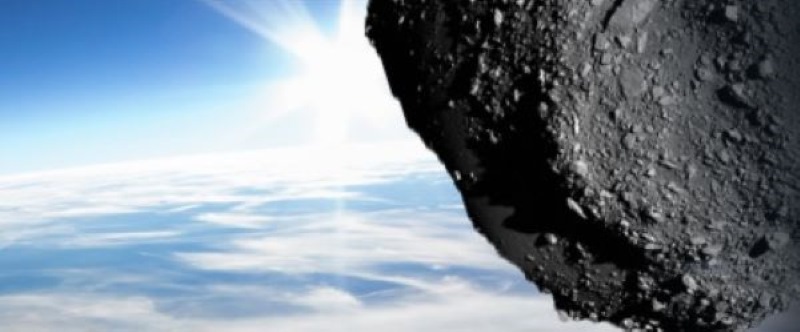
On Sunday, February 27, 2023, astronomers discovered a new asteroid that they’ve named 2023DW. With such a new discovery, they have had only three days of observations. At the moment, ESA’s Near-Earth Objects Coordination Center lists the asteroid as having a 1-in-680 chance of impacting Earth on February 14, 2046. But, most likely, further observations will refine the orbit and show that the asteroid will safely pass us in 23 years. As of this writing, estimates put 2023DW at a comfortable 99.87% chance of missing Earth.
As of Friday morning, March 3, 2023, the analysis of its orbit was based on 52 observations spanning 3.1830 days, through March 1, 2023.
As a thought experiment, Italian astronomer Piero Sicoli did his own math to figure out the odds of impact and the possible location of where the strike would be. He shared his results on Twitter:
#2023DW. With just 3 days of arc, I found about 1 in 400 chance of impact on Feb. 14, 2046 (JPL 1/770). Surely this possibility will soon be ruled out, however, as an exercise, I calculated where the asteroid might fall if this possibility occurred. pic.twitter.com/ldlSYJMvMz
— PS (@Piero_Sicoli) March 2, 2023
Last chance to get a moon phase calendar! Only a few left.
More on asteroid 2023DW
Astronomers estimate the asteroid is 165 feet (50 meters) in diameter. (Watch a video of size comparisons in asteroids.) While 50 meters isn’t anything near a planet-ending-sized rock, it would leave a mark in whatever region it hit. In fact, the Chelyabinsk meteor that exploded in the air over Russia was a little under half the size of the estimate for 2023DW.
Currently a 1 on the Torino scale
Also, 2023DW currently has a Torino score of 1. Even the very rare score of 1 (instead of 0) is nothing to be worried about. A score of 1 means:
A routine discovery in which a pass near Earth is predicted that poses no unusual level of danger. Current calculations show a collision is extremely unlikely with no cause for public attention or public concern. New telescopic observations very likely will lead to reassignment to Level 0.
It’s not completely unusual for newly discovered asteroids with uncertain orbits to make the list of risky objects. Fortunately, this one is small and already has a very low probability of hitting Earth. In fact, just a little more than a month ago, newly discovered asteroid 2023BU passed (without incident) only 3% of the moon’s average distance from Earth.
Bottom line: Astronomers are monitoring the newly discovered asteroid 2023DW. With only three days of its orbit plotted, they are 99.87% sure it will not impact Earth on February 14, 2046.
The post How close will asteroid 2023DW get to Earth in 2046? first appeared on EarthSky.
0 Commentaires